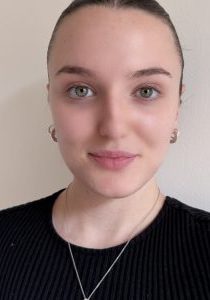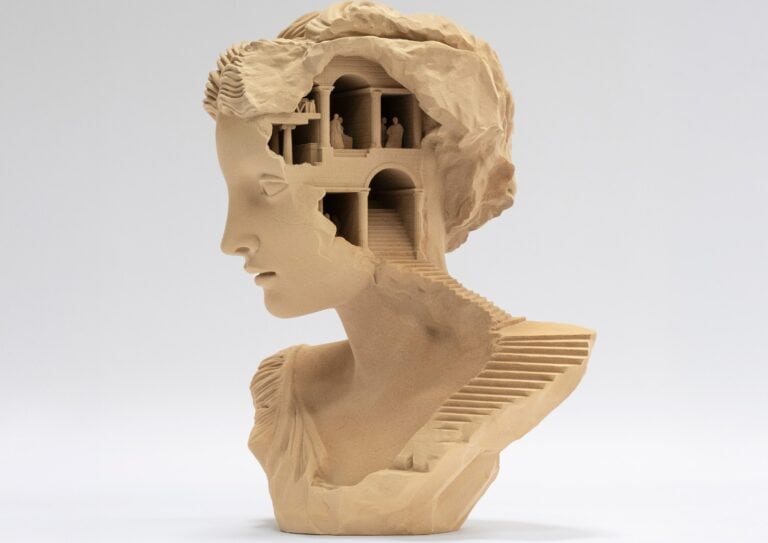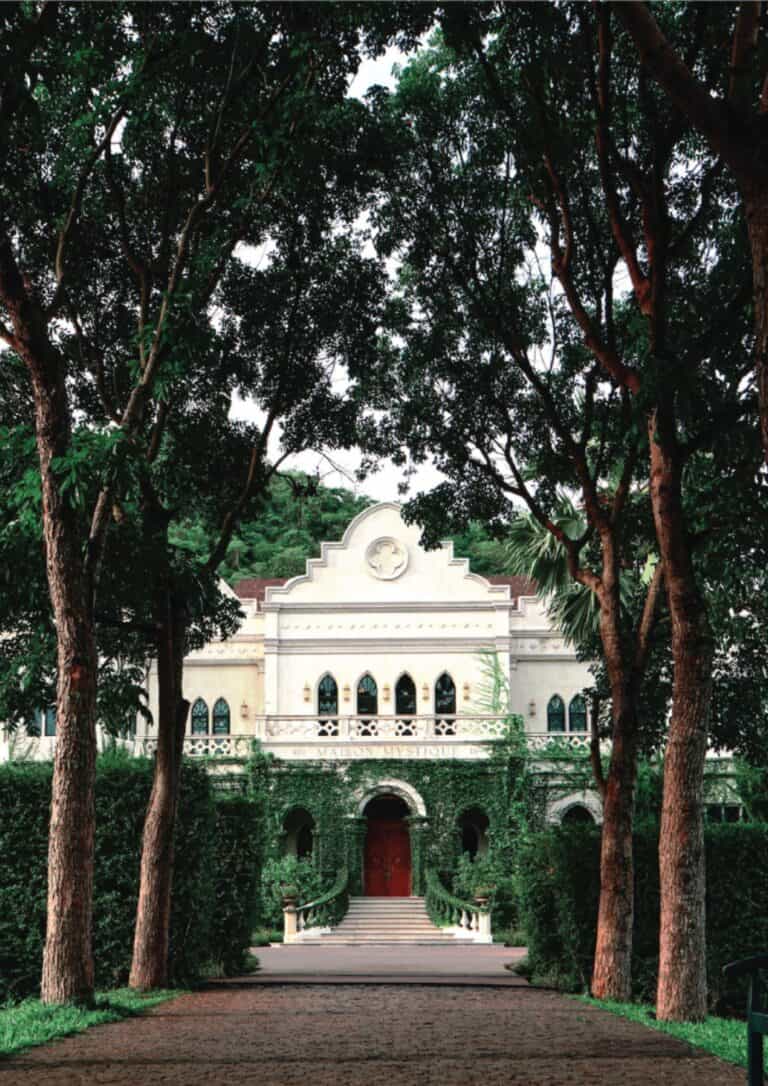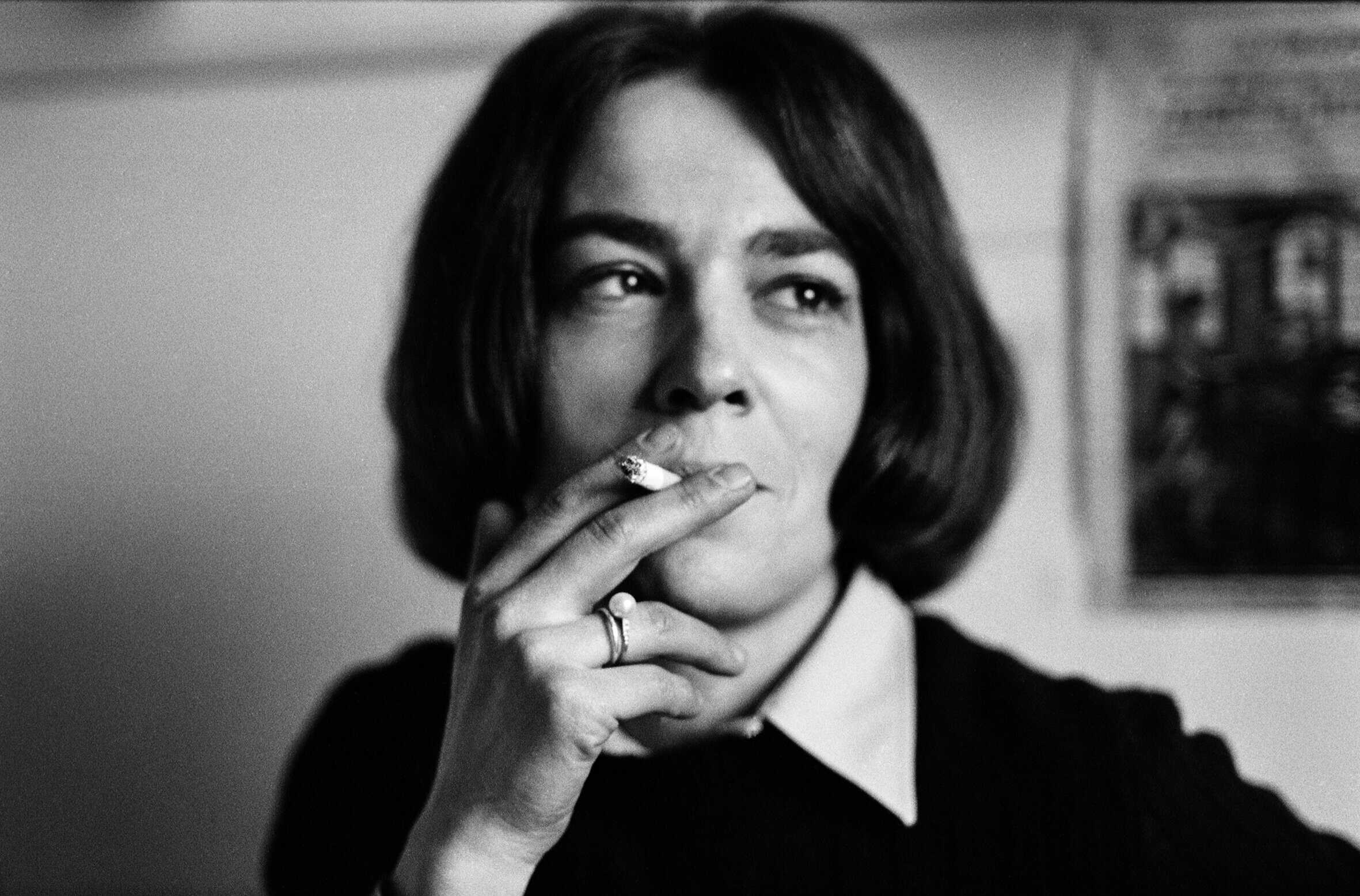
NICOLE LALA: DUAL VOICES
Marie Loire Moulin
Nicole Lala: Dual Voices. Through the quiet strength of her black-and-white photography, Nicole Lala captured life with sensitivity and grace. Today, her daughter lends words to those images, revealing a story that was never told, only lived. Together, their voices echo: one behind the lens, the other bringing that vision into the light.
IRK: Only now is Nicole’s work being revealed. But how can we introduce such a unique voice?
Delphine: Nicole Lala possessed undeniable talent, yet her extreme discretion likely kept her from gaining the recognition she deserved. She used to call her images “little photos” and, aside from commissioned work, rarely shared them. Her photography clearly belongs to the humanist tradition. She began her career as a photojournalist at Regards magazine, working alongside Willy Ronis and Arlette Rosa-Maleynardi.
IRK: Did her work at Regards influence her worldview and later photography?
Delphine: Nicole Lala, a gifted photographer, remained unknown for most of her life. In 1960, Regards (a magazine founded by the French Communist Party) commissioned her to portray workers as heroes of modern society. Immediately, she gravitated toward the everyday lives of laborers, artisans, fishermen, those whose jobs shaped the world but often went unseen. Her proximity to these people defined her style. Even as early as 1957, during a trip to Romania, her photographs focused not on places, but on people. Throughout her life, she captured the people closest to her: family, friends, her daughter. She used to say, “There is always something good in everyone, you just have to dig.”
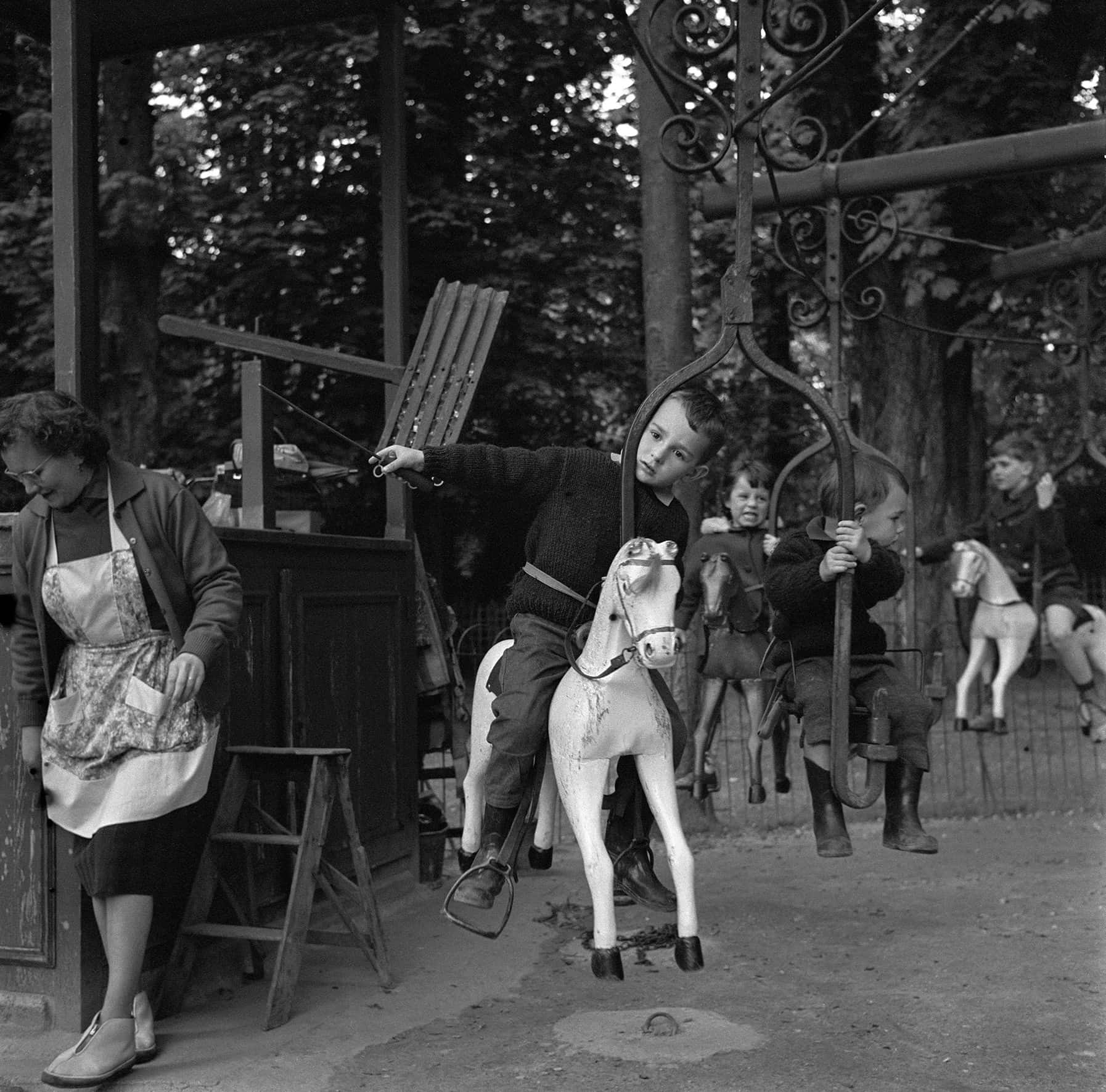
IRK: How did her private photos contrast with her public work?
Delphine: When photographing loved ones at home, she felt compelled to preserve shared moments. But in her public work, she sought graphical precision. She paid close attention to vertical, horizontal, and diagonal lines, to the balance of light and shadow, to tension and negative space. She rarely centered her subjects. She understood visual tension and explored it further in the darkroom, adjusting contrast and printing variations to enhance the drama. She constantly tried to extract the most meaningful version of each negative, one that echoed her own perception of the world.
IRK: How did you discover her archives?
Delphine: I grew up surrounded by her photos. I always wanted her to show them to me, to talk about them. But after reviewing her contact sheets or prints, she’d store everything away, drawers, closets, cabinets, and rarely looked at them again. Around the age of 13, I urged her to organize the negatives, match them to the contact sheets, write captions, and date her prints. She responded simply, “I’m not interested.” When I asked, “Then what are you interested in?” she said: “My next photo.” After her death, I opened all those drawers and cupboards. I brought home 20,000 negatives and 1,000 prints, what I now consider a treasure. They were the tangible proof of her life. I immediately felt the need to write, to create a narrative that intertwined our relationship with her photography.
IRK: What challenges did you face while sorting through it all?
Delphine: Soon after I began, I knew I wanted to make her work known. Before I could act as her agent, I had to become her archivist. Now, I’ve added a third title: publicist, for the upcoming exhibition this summer and the book being published in the fall. Digging into her work turned me into an investigator. I knew so much about my mother, but after ten years, I feel I’ve finally reached the core of her sensitivity.
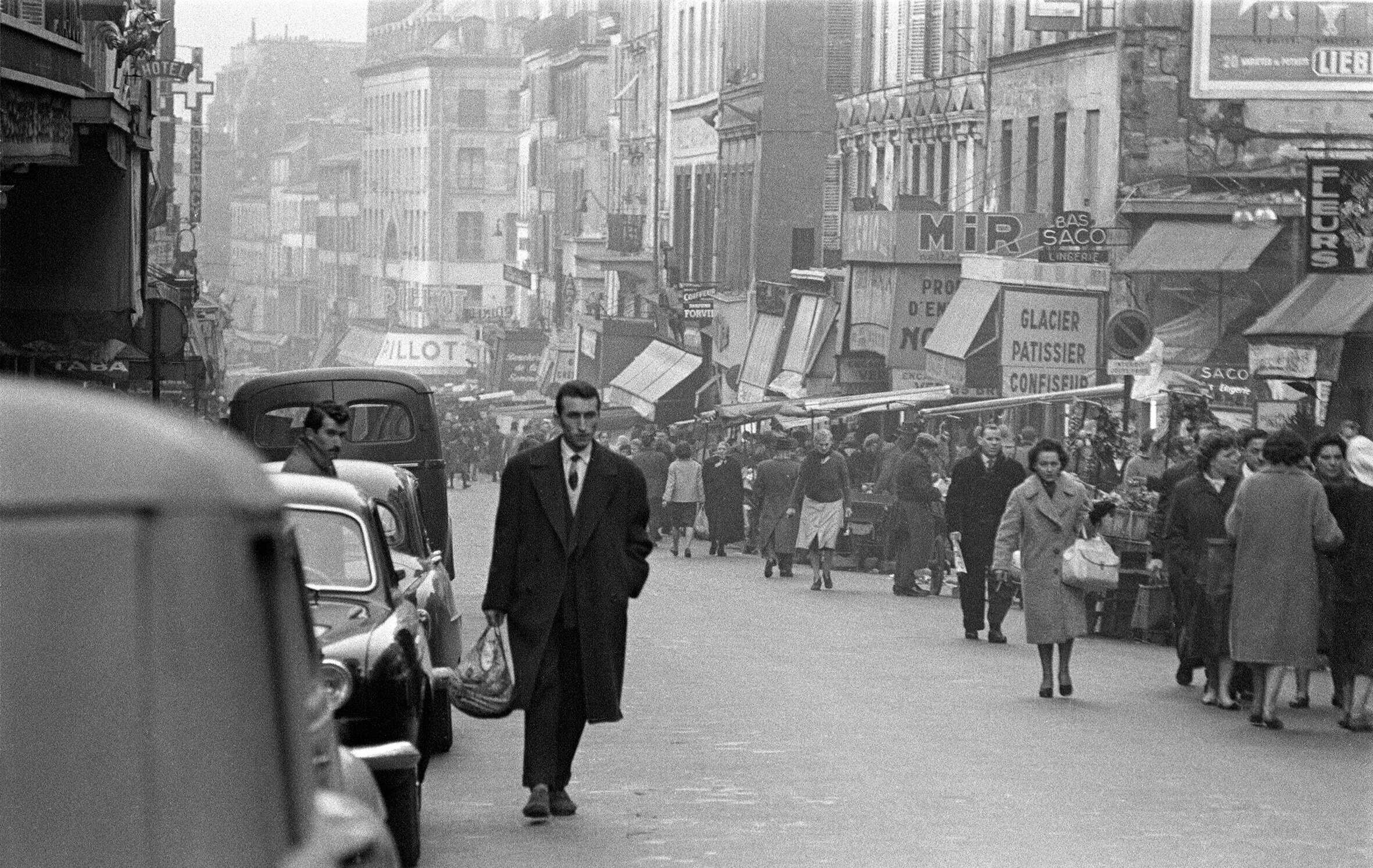
IRK: Did seeing these photos change your perception of her?
Delphine: Absolutely. As I said, she was discreet and full of quiet fragility, the kind that sensitive people often carry. She frequently asked, “What’s the point of all this fuss?” Moreover, I sometimes found scattered notes quoting, “All is vanity and chasing the wind.” She likely felt that leaving a trace meant little in such an ephemeral world. Yet, despite that belief, I know that photography brought her genuine joy. And in the portraits she took of others, I now clearly see how she searched for her own vulnerabilities.
IRK: How does her personality emerge through these previously unseen images?
Delphine: When she started out, color film was too expensive, and most magazines published only in black and white. She learned to make her own prints early on, and that practice clearly shaped her aesthetic. As a result, she fell in love with black and white photography. I believe black and white captures narrative more clearly. Without distracting color, the viewer focuses on emotion, structure, and intention. For example, a flash of red or a patch of green could easily distort that. Through monochrome, I feel her sensitivity became visible, perhaps I’m biased, having grown up immersed in it.
IRK: What message or feeling do you hope viewers take from her work?
Delphine: I want people to discover her eye, her love for others, the quietness in her images. She never imposed herself on her subjects. She let them be, observed them as they were. Often, they didn’t even realize she had taken their picture. Back then, photographers didn’t have to get release forms, so it was easier to disappear into the scene. The 24 photos on display this summer (from July 16 to September 21, 2025, on the Hôtel de Ville fences) offer a glimpse of the 700 images she captured from the 1950s to 1980s. All taken as she wandered the streets of Paris alone, with her Exacta or Rolleiflex slung over her shoulder.
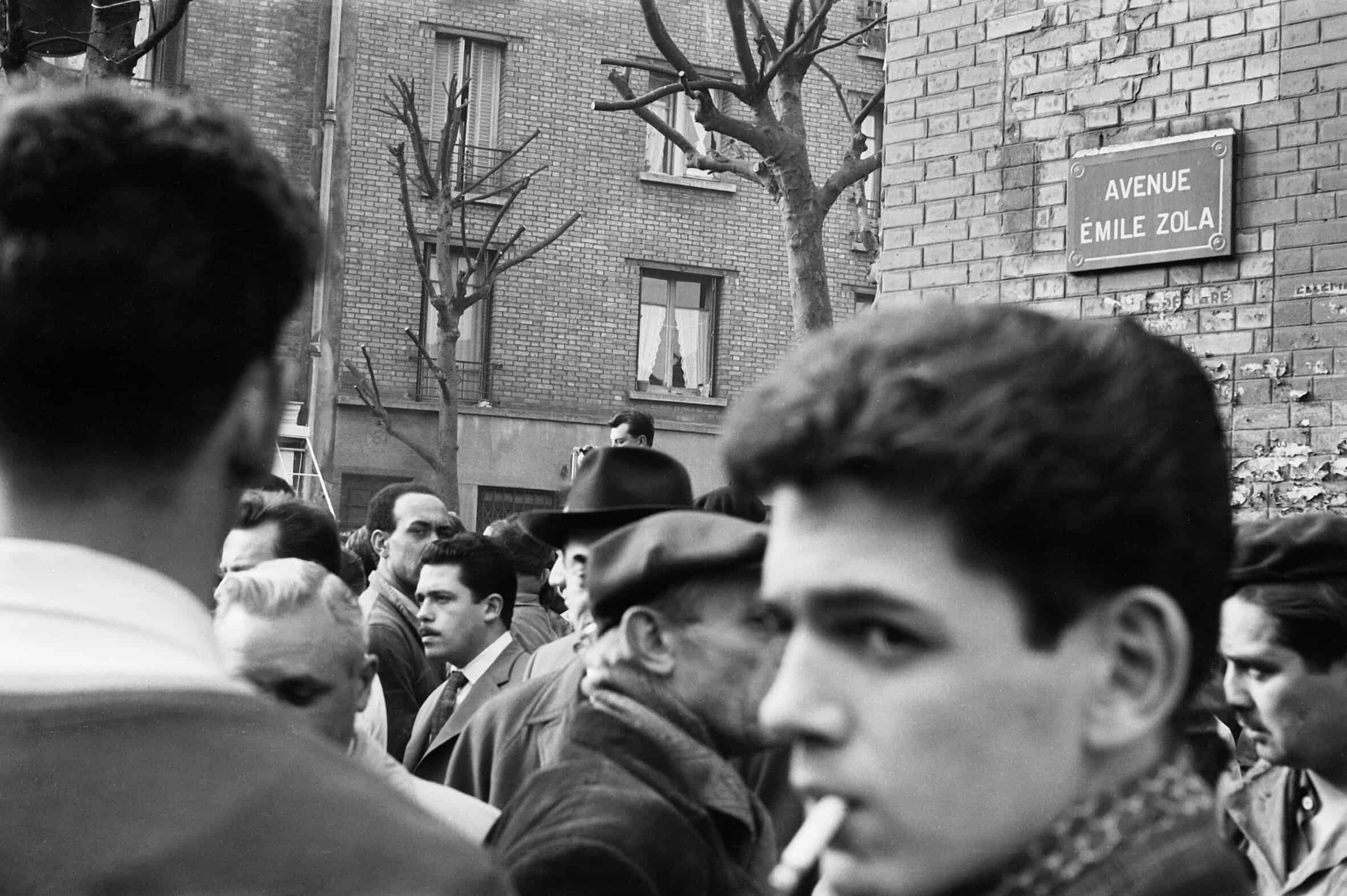
IRK: What would her reaction be to seeing her work exhibited today?
Delphine: I believe she would be touched that I’m doing this. She would never have attended the opening herself, of that I’m certain. But that doesn’t matter. What matters is that she left behind something beautiful, and I now choose to share it. That, too, is part of our story.
IRK: What artistic or personal legacy did she leave you?
Delphine: After graduating from École des Arts Décoratifs in Paris, I became a graphic designer, undoubtedly thanks to the visual culture I inherited from both parents. For instance, my father was a cameraman, and watching films with him taught me to recognize what made an image strong or weak. Those moments consistently sharpened my eye. Moreover, on a deeper, more human level, my mother gave me something even more lasting. “What is essential is invisible,” says The Little Prince, and that’s exactly what she taught me. Also, she loved quietly, deeply, and unconditionally. That love shaped who I am. It will never leave me.
IRK: A book dedicated to Nicole Lala will be published in October 2025. Can you tell us more?
Delphine: A few weeks after her passing in spring 2015, I started a small 30-page notebook. Each double-page paired a photo with a short text. I didn’t want it to feel sentimental or long, just sincere and engaging. Eventually, I finished the notebook and brought it to my dear friend Gilles Favier (photographer at Agence VU), along with some original prints. He took the time to read, look, and encouraged me to keep going. He confirmed what I had hoped: her work truly stood out.
Delphine: From there, I wrote, edited, and curated, while drawing on my experience as a graphic designer. In addition, I shared the draft with about twenty people and listened closely to their feedback. Admittedly, finding a publisher took effort. However, every step brought me closer to the recognition her work deserved. But 2025 will mark the culmination of a dream I’ve carried since I was thirteen, when I told my mother we had to share her work. Le Chêne will publish the book, with support from Fondation agnès b. and words by Marie Robert.

IRK: Where can the public see Nicole Lala’s work presented in Nicole Lala : Dual voices?
Delphine: This summer, her photographs will line the fences of the Hôtel de Ville in Paris, from mid-July to late September. Moreover, I’m actively working to extend the exhibition at Buttes-Chaumont Park through November. During the book launch at the Fondation agnès b., additional works will also be on view. Afterwards, I’ll continue seeking venues to explore the major themes she captured: reportage in France, Corsica, and Spain; childhood; laborers; painters in their studios; film set photography; and a final category I call “details, textures, decay, and destruction.” A vast body of work ready to be seen.
What we show in Nicole Lala : Dual voices, is that, in the end, what remains is not only a remarkable archive, but a dialogue, between a mother who spoke through images, and a daughter who now gives those images a voice. Through this shared narrative, we rediscover tenderness, silence, and the quiet power of observation.
Did you enjoy Nicole Lala : Dual voices ? Dive into the world of Zibby Allen, where resilience fuels creativity and every role becomes a story of connection.
Share this post
Marie Loire Moulin approaches fashion as an immersive language—one that expresses identity, character, and cultural influence. Echoing Jean Cocteau’s observation that “Fashion is what goes out of fashion,” Moulin embraces the paradox at the heart of her craft. For her, fashion is a living, breathing art form—constantly deconstructed, reimagined, and reshaped in response to the world around it.
What fuels Marie Loire’s creativity is the ability to blend worlds—to explore the intersections of fashion, technology, history, and art. She is inspired by how these disciplines collide to generate experiences that are not only visually compelling, but also deeply purposeful.
Moulin is particularly drawn to artistic expressions that serve as bridges—linking cultures, fusing tradition with innovation. Sustainability, for her, is not a buzzword but a foundation. She sees it as a long-term commitment to thoughtful creation, not a passing aesthetic.
As a stylist working with actors on film sets, Marie Loire thrives on transforming a director’s vision into living, breathing characters. Through wardrobe and silhouette, she builds atmospheres that tell stories—stories of emotion, intention, and presence.
Her creative drive extends into virtual reality and immersive art, where she explores how emerging technologies can shift perception and spark connection across cultural boundaries. For Moulin, the digital realm is just another canvas—one that, when used with care, has the potential to resonate as powerfully as the physical world.
Whether on set or in virtual space, Marie Loire seeks originality and depth. Her work is marked by richly layered references, a reverence for detail, and a belief that fashion—at its best—can speak not just to the eye, but to the mind.
Read Next

